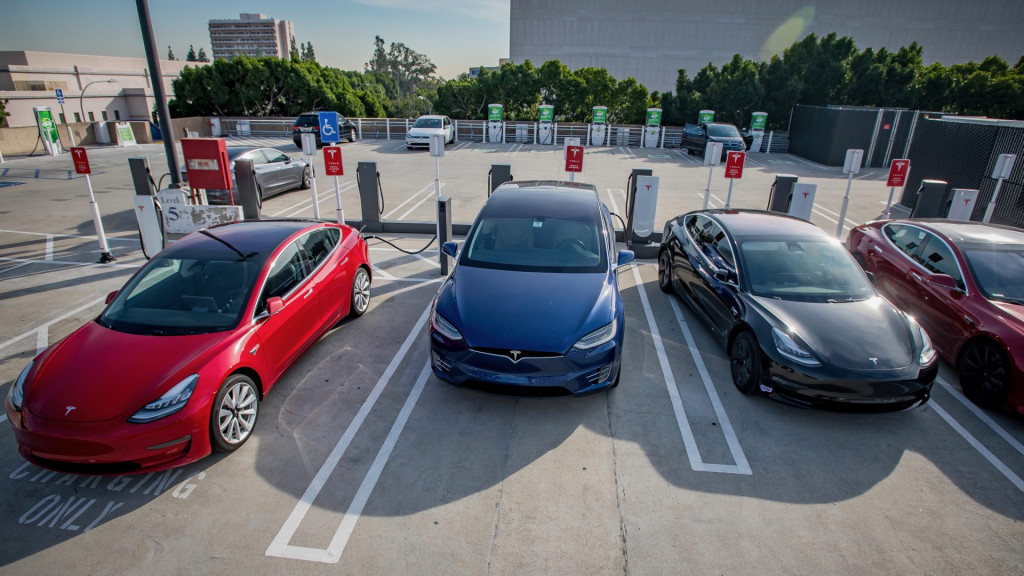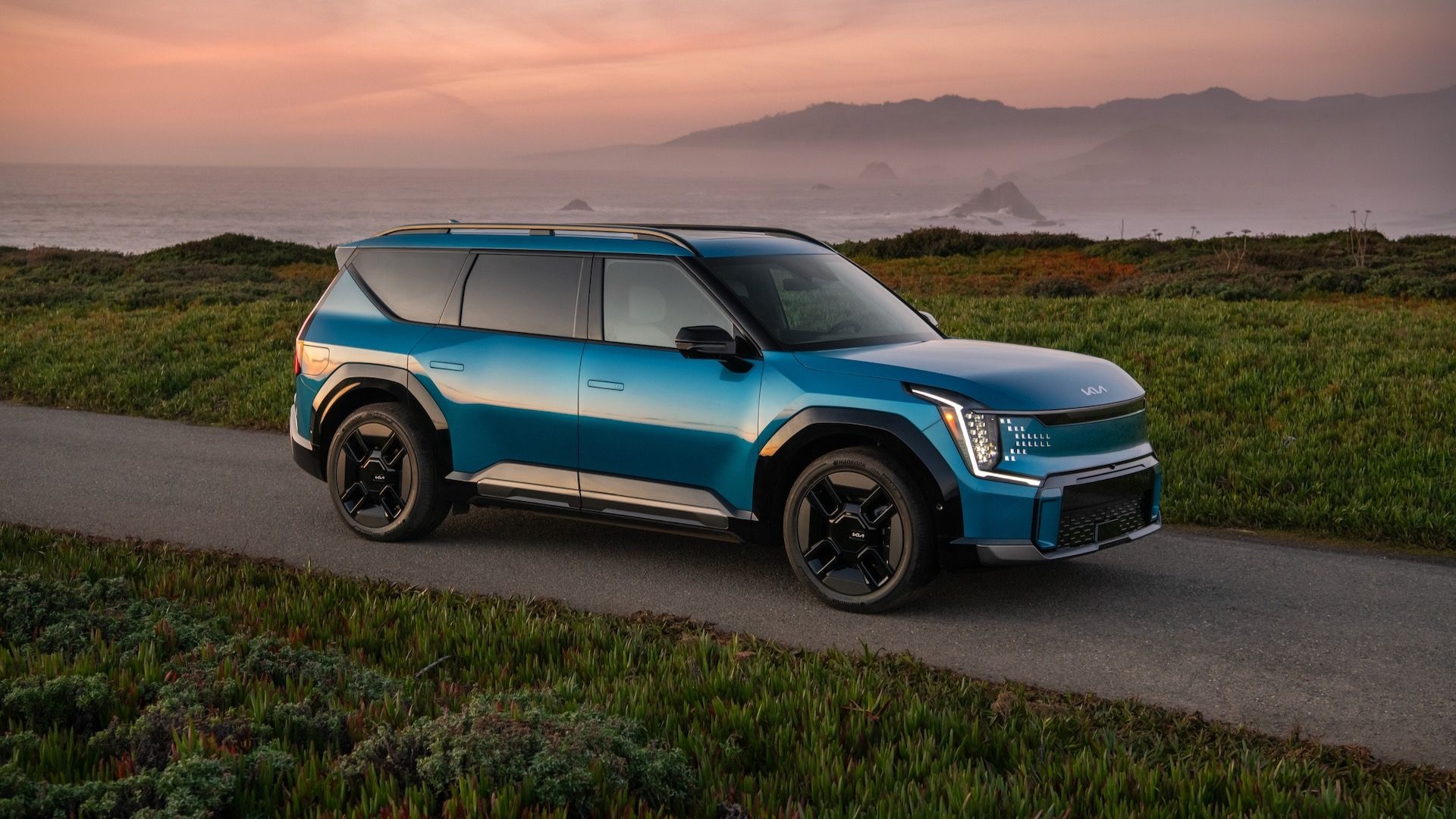President Biden last week unveiled a detailed infrastructure plan with substantial funding for electric-car charging—more than for roads and bridges, in fact. That's already drawing controversy, The Wall Street Journal reported Monday.
Biden's $174 billion "investment to win the EV market" is a comprehensive plan to spur EV adoption, encompassing everything from supply chains and the retooling of factories, to point-of-sale rebates and tax incentives, to funding for 500,000 charging stations.
In comparison, the $2 trillion plan includes $115 billion for roads and bridges, which Republicans are already grumbling about, the report said. Mississippi Governor Tate Reeves called the emphasis on EVs a "political statement."
State-level officials like Reeves may have a say in how funding from the infrastructure bill is spent, but first the bill will have to be maneuvered past Congressional Republicans, who are unlikely to support the EV-centric measures, the report noted.

Marengo Charging Plaza, Pasadena, California
If the bill is passed, the federal government could at least intervene to clear regulatory bottlenecks at the state and local levels, Chris Nedler, who studies EV-grid integration at advocacy group RMI, told The Wall Street Journal.
No one should be surprised that Biden is emphasizing EVs, though, as they were a major talking point of his presidential campaign. As a candidate, Biden discussed many of the measures that are now included in the infrastructure bill, from more robust EV incentives to transitioning the nation's school buses to electric power.
In addition to a broadened federal EV tax credit, which is still a possibility, point-of-sale rebates are emphasized in the infrastructure plan versus a reboot of the Cash for Clunkers program from just over a decade ago.
Biden has already emphasized the greening of the federal fleet, but has also drawn criticism over a recent contract awarded to Oshkosh Defense for new U.S. Postal Service mail trucks that keeps most of the fleet internal-combustion.












